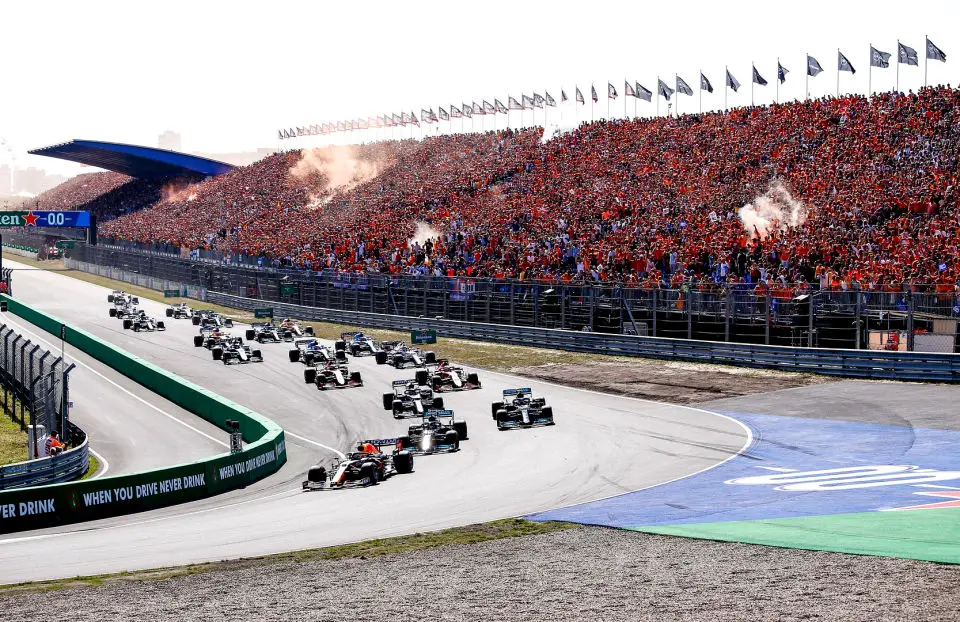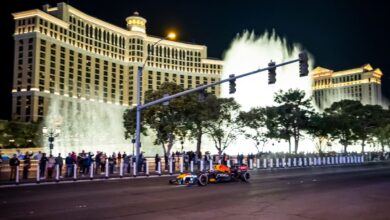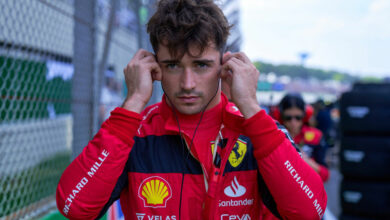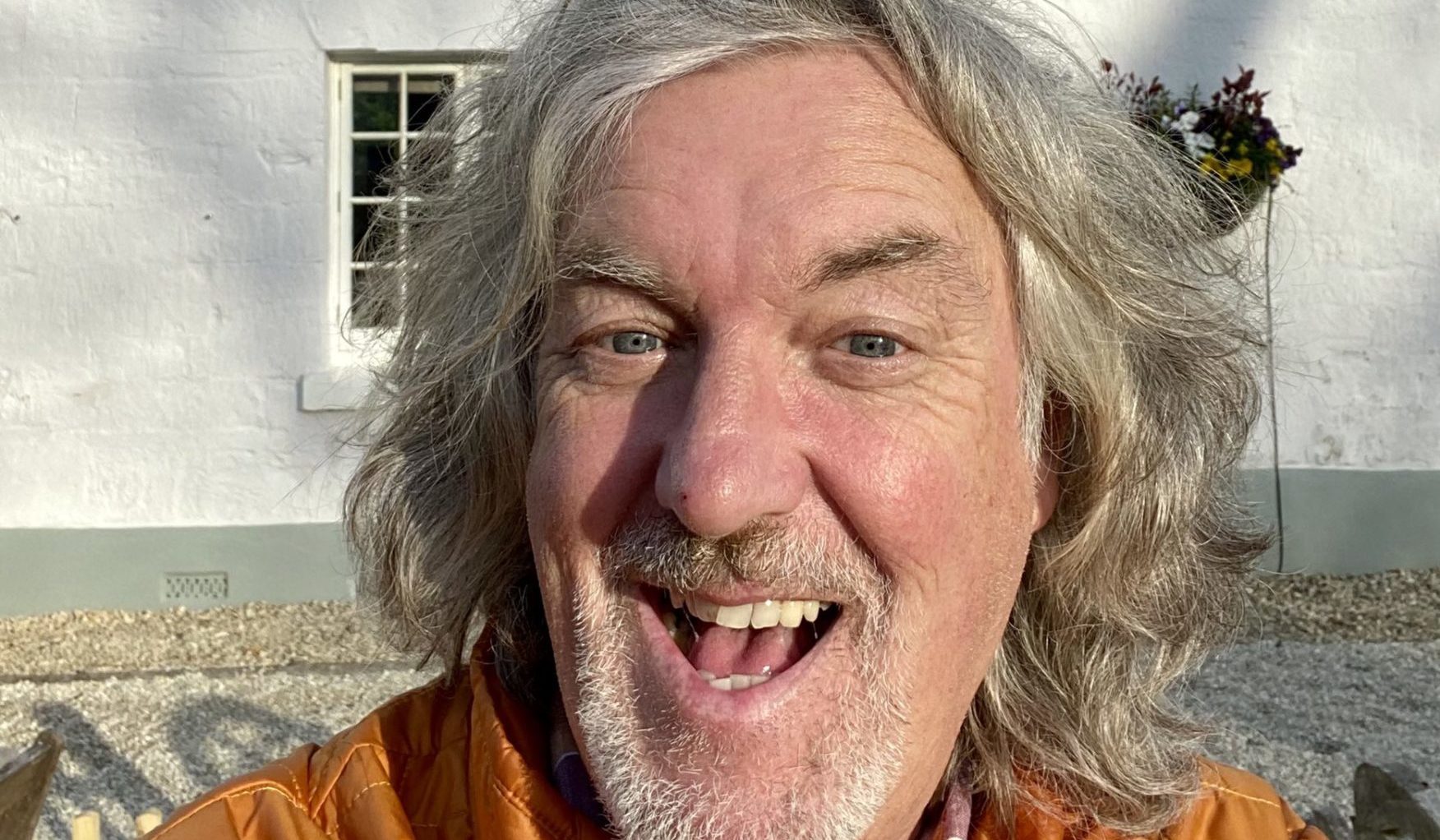Zandvoort’s Green Revolution: Dutch Grand Prix Sets New Sustainability Standard
Demonstrating a pioneering approach to environmental sustainability, the Dutch Grand Prix at Zandvoort remarkably transformed its parking area into a vast bike lot. Amidst global climate change concerns, this event stands as a testament to the feasibility of eco-friendly large-scale sports events.
Key Takeaways:
- Massive Shift to Eco-Friendly Transport: In a striking display of environmental consciousness, approximately 45,000 attendees of the Dutch Grand Prix opted for bicycles as their mode of transport, significantly reducing emissions and parking space usage. This reflects a broader effort to minimize the environmental impact of the event in response to recent climate change protests.
- Innovative Transportation Strategy by Zandvoort Authorities: To facilitate this green initiative, Zandvoort Circuit authorities closed public roads to vehicular traffic, encouraging visitors to use public transport or bicycles. This strategic move was instrumental in achieving the remarkable attendance figures, all while adhering to sustainable practices.
- Public Enthusiasm Despite Weather Challenges: Despite a weather forecast predicting rain, the enthusiasm of fans for sustainability and sport was undiminished. Over 100,000 spectators, including passionate supporters of local hero Max Verstappen, braved the elements, showcasing their commitment to both the sport and environmental responsibility.

The Dutch Grand Prix at Zandvoort has indeed set a benchmark for sustainability in motorsport events. Surrounded by a cloud of controversies and protests, particularly concerning environmental issues that preceded the race weekend, Zandvoort presented a solution that could revolutionize the way such events are held globally.
The unique aspect of this Grand Prix was its substantial reduction in environmental footprint. “When I say minimal environmental impact, it means that people actually made an effort to use public transport or travel via bikes (bicycles) that don’t emit harmful gases,” explained a spokesperson. This approach not only addressed concerns about emissions but also tackled the issue of space consumption typical of vehicle parking.
An image circulating on social media platforms highlights this shift. It shows the Zandvoort Circuit’s parking area, usually filled with cars, now brimming with bicycles. This image serves as a stark contrast to the typical scenes around Formula 1 circuits and emphasizes the Dutch commitment to environmental preservation.
The circuit’s approach was multi-faceted, including the closure of public roads around the venue to encourage alternate transportation modes. This decision played a critical role in managing the crowd, which exceeded 100,000, with nearly half choosing to cycle to the event. A social media post encapsulated the sentiment, stating, “no other country could pull this off,” highlighting the uniqueness and significance of this achievement.
Weather conditions, often a deterrent for outdoor activities, did not dampen the spirits of the attendees. The forecast of rain was overshadowed by their eagerness to support the race and their favorite driver, Max Verstappen, underscoring the Dutch spirit and commitment to both their sports heroes and the planet. This event stands not just as a showcase of sporting excellence but also as an inspiring example of environmental stewardship, setting a new precedent for future sporting events worldwide.



